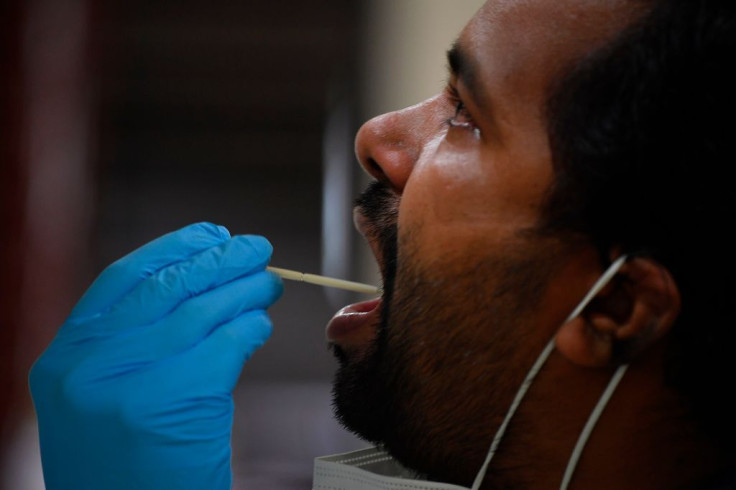To save his family from being infected with the novel coronavirus, an 18-year-old boy identified as Shiva, created a temporary isolation unit on a tree. The severe lack of medical facilities in India has been highlighted by the devastating second wave of the pandemic. While people in cities struggle to find beds in hospitals, residents of villages even lack the facility to isolate themselves.
Shiva, a college student who has been studying in Hyderabad, Telangana, went home to his village Kothanandikonda, Nalagonda district. On May 4 he tested positive for COVID-19. The family claims that after the test result came out, they were instructed to isolate the teen.
The family of five consisting of Shiva’s parents and his two siblings, share a one-room home. They were not offered any help in terms of an isolation center to send Shiva to. They approached the primary health center (PHC) for the boy to be isolated, but they were told that the facility had no beds.
In a desperate effort to prevent his family from falling ill, Shiva constructed a temporary platform on a tree within the compound of the family home. On the platform made with bamboo, the teen put some cloth to make it comfortable. He also created a pulley system using a bucket. His family puts food and essentials in the bucket which he draws up to the platform.
The family has a single bathroom inside the home. To relieve himself, Shiva waits till sundown. He then goes out to the fields to defecate.
Having spent 11-days on the tree Shiva’s isolation ward was noticed by local authorities when a reporter from The Print went to interview the family. When other villages gathered at the home, police arrived at the scene.
Shiva was later removed from the tree and taken to an isolation ward which was opened on May 13. News 18 noted that while the isolation ward had been opened in the district, people were not aware of the facility.
Mahesh Goud, a resident of the village, later told reporters that Shiva was not the only COVID-19 patient forced to isolate in unconventional ways. He said that the villagers were scared to let each other know if anyone tested positive. The patients often hid in bathrooms or out in the fields. Many people built temporary shelters in the absence of an isolation ward.

© 2025 Latin Times. All rights reserved. Do not reproduce without permission.




